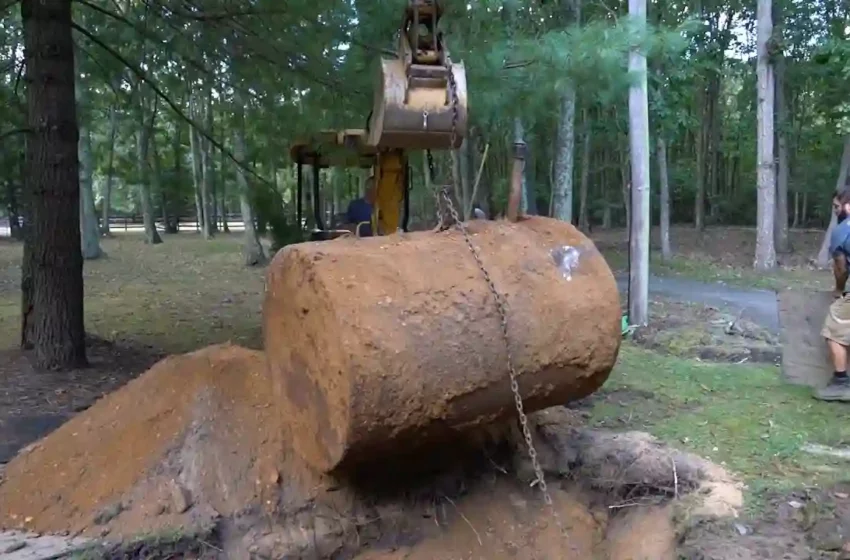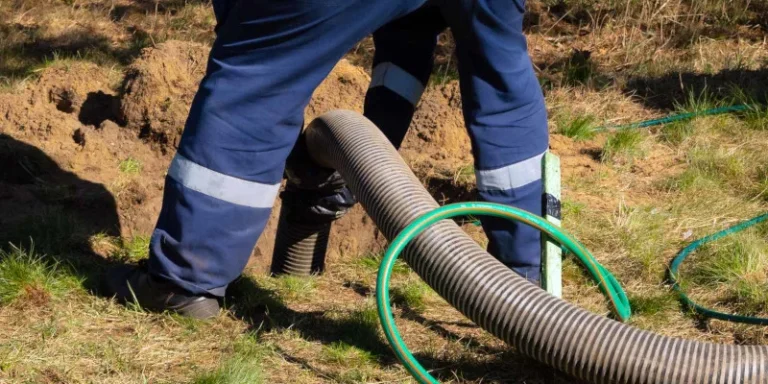Beneath the serene landscapes of homes lie potential environmental hazards in the form of aging underground oil tanks. As homeowners grapple with the decision to remove these hidden threats, they find themselves confronted with a labyrinth of regulations governing the process. In this exploration, we unravel the underground challenges of navigating oil tank removal regulations, shedding light on the complexities homeowners face when undertaking this crucial environmental and safety measure.
The Regulatory Tapestry: Local Variations and Compliance Requirements
Oil tank removal regulations vary significantly from one locality to another. Municipalities, counties, and states may have distinct requirements that dictate the process, documentation, and post-removal responsibilities. Understanding the intricacies of these regulations is paramount, as non-compliance can lead to fines, legal complications, and delayed removal efforts.
Homeowners embarking on the journey of oil tank removal must first acquaint themselves with the specific regulations applicable to their location. This involves diligent research into local environmental codes, permitting processes, and any additional requirements imposed by regulatory bodies.
Navigating the Permitting Process: A Crucial Prelude to Removal
One of the primary challenges in oil tank removal is obtaining the necessary permits. Local authorities typically require homeowners to secure permits before initiating any removal activities. The permitting process varies widely, with some regions requiring detailed documentation and others necessitating on-site inspections.
To navigate this regulatory prelude successfully, homeowners must be prepared to submit comprehensive information about the removal project. This may include details about the tank’s size, its current condition, the proposed removal method, and plans for proper disposal. Adequate preparation at this stage ensures a smoother transition from regulatory approval to the actual removal process.
Environmental Impact Assessments: Gauging the Ecological Consequences
In many jurisdictions, oil tank removal is not merely a procedural task; it is an environmentally sensitive process that may require an environmental impact assessment. This assessment evaluates potential risks associated with the removal, including the presence of soil contamination and the impact on nearby ecosystems.
Homeowners should be prepared to collaborate with environmental professionals who can conduct thorough assessments and provide accurate documentation. This step is not only crucial for regulatory compliance but also ensures that the removal process is executed with minimal environmental impact, aligning with broader sustainability goals.
Choosing the Right Professionals: Meeting Regulatory Standards
Oil tank removal is a task best left to professionals well-versed in both the technical and regulatory aspects of the process. Homeowners must select removal specialists who not only possess the technical expertise to execute a safe removal but are also intimately familiar with local regulations.
These professionals can guide homeowners through the regulatory landscape, assisting with the permit application process, conducting environmental assessments, and ensuring that every step of the removal aligns with regulatory standards. Choosing the right team is not only a matter of efficiency but is integral to avoiding potential pitfalls associated with non-compliance.
Post-Removal Obligations: Closing the Regulatory Loop
The journey doesn’t end with the physical removal of the oil tank. Many jurisdictions impose post-removal obligations on homeowners to verify that the removal was conducted in compliance with regulations. This may involve a final inspection, documentation submission, or even soil testing to ensure that any contamination has been adequately addressed.
Homeowners must be diligent in fulfilling these post-removal obligations to bring closure to the regulatory process. Failure to do so may result in lingering regulatory issues that could impede property transactions, lead to fines, or trigger additional legal complications.
Financial Considerations: Budgeting for Compliance
Compliance with oil tank removal regulations often comes with financial implications. Permit fees, environmental assessments, and potential remediation efforts can contribute to the overall cost of the removal process. Homeowners should factor in these regulatory expenses when budgeting for oil tank removal, ensuring that they are prepared for both the direct costs of removal and any associated regulatory fees.
Moreover, understanding the potential financial repercussions of non-compliance emphasizes the importance of investing in a thorough and compliant removal process from the outset. The cost of compliance pales in comparison to the potential fines and legal consequences that may arise from cutting corners in the removal process.
Conclusion:
Oil tank removal, though imperative for environmental and safety reasons, is a journey through a regulatory maze. Homeowners must navigate this intricate landscape with diligence, understanding that compliance is not just a legal requirement but a commitment to environmental responsibility and community well-being.
As homeowners grapple with the underground challenges of oil tank removal regulations, it is essential to approach the process with a comprehensive understanding of local requirements. Seeking guidance from professionals familiar with both the technical and regulatory aspects of removal ensures a smoother journey, safeguarding not only the property but also the homeowner from the potential pitfalls of non-compliance. In the quest for a safer and environmentally conscious living space, navigating oil tank removal regulations is a crucial and integral step.










